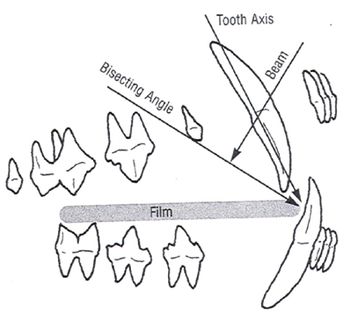
Veterinary dentistry is emerging as one of the fastest growing "new" disciplines of veterinary patient care.

Veterinary dentistry is emerging as one of the fastest growing "new" disciplines of veterinary patient care.

It would be enormously difficult to think about the diagnosis or treatment of cancer without the use of diagnostic imaging.

The bisecting angle technique has been the technique of choice for most intraoral radiographic techniques.

The purpose of this talk is to discuss what MR can and cannot image, review the basic neurologic diseases imaged with MR, and ultimately know when to recommend MRI to your patients.

When performing a complete cardiac evaluation, a minimum of two views are necessary: lateral and either VD or DV.

Indications for an esophagram include regurgitation, gagging or retching, dysphagia, cough associated with eating, as well as the presence of a mediastinal, cervical, or thoracic mass.

Computerized axial transverse scanning was first announced in April 1972 by G.N. Hounsfield.

Before we can start begin to review abnormalities in the lungs lets first do a review of normal anatomy.

An owner brings an 8-year-old female, neutered Australian Shepherd with acute right forelimb lameness to your office.

Interventional radiology involves the use of imaging modalities such as fluoroscopy or ultrasonography to gain access to different structures in order to deliver materials for therapeutic purposes.

Q: Please review use of examining low-velocity blood flow in the dog's abdomen.

Blacksburg, Va. -- The Virginia-Maryland Regional College of Veterinary Medicine is offering a new outpatient advanced imaging service for surrounding small-animal veterinary practices starting in June.
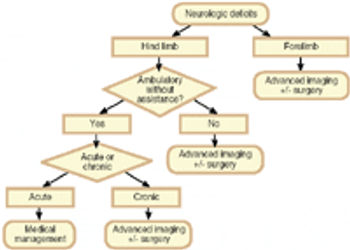
In last month's column we discussed the pathophysiology of intervertebral disk disease (IVDD). Once IVDD is diagnosed, the clinician must again use the history (onset and course of clinical signs) and the physical exam (neurological status) to formulate the therapeutic plan.
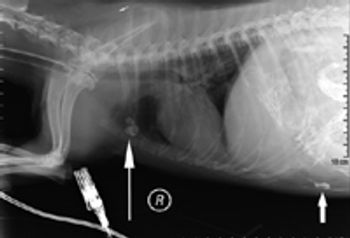
Leakage of intestinal contents and a common contrast medium into a dog's abdominal cavity proved to be a fatal combination.

The respiratory system extends from the tip of the nose to the diaphragm.

The soft tissue structures of the joints, back, and foot can be evaluated ultrasonographically yielding important diagnostic information that cannot be obtained radiographically.

The stomach plays a key initial role in digestion through its mixing actions, and through the secretion of gastric acid and pepsin, which are important for the activation of key digestive enzymes.

Gastrointestinal (GI) cytology offers many advantages to the small animal practitioner in the assessment of patients with gastrointestinal tract disease.

Esophageal diseases, including megaesophagus, can easily sneak up on the unsuspecting clinician if regurgitation, the cardinal sign of esophageal disease, is not considered a differential diagnosis for an animal that presents for what the owner perceives as vomiting.
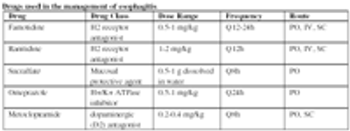
Esophageal foreign bodies and esophagitis have the potential, if not identified and treated, to cause esophageal strictures or megaesophagus, which can be more difficult to treat.

A review of the indications for radiography and ultrasonography.

Primary gastrointestinal (GI) neoplasia is an important differential diagnosis for a dog or cat with vomiting or diarrhea, especially chronic vomiting or diarrhea, anorexia and weight loss, particularly animals that are middle-aged and older.

Diagnostic ultrasonography has, more recently, been applied to the assessment of other less traditional musculoskeletal problems such as evaluation of bone, joints, muscle and nerves.
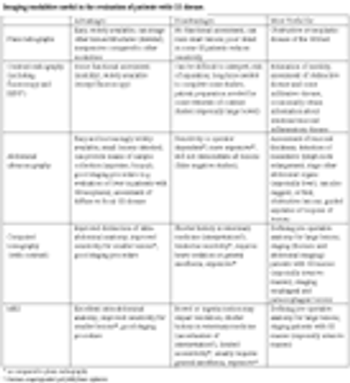
The small animal clinician has a number of imaging options available for the evaluation of dogs and cats with gastrointestinal tract (GI) disease.

Do not buy used "very old" equipment, but equipment that is one generation old is often the best value.